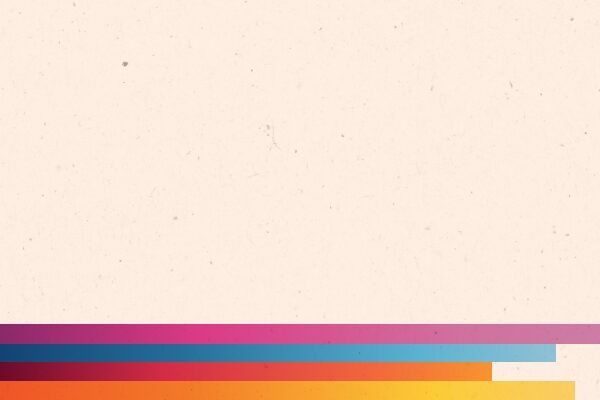Process
Introduction
The Design Process
The Design Team
The Design Brief
Carrying Out Research
Writing a Design Specification
Exploring and Developing Design Ideas
Lifestyle Boards
Mood Boards
Technology Transfer
Brainstorming and Brainwriting
Morphological Analysis
Biomimicry and Biomorphism
Design Stories
Communicating Ideas
Model Making
Evaluation
Principles
The Benefits of Product Design
Defining the Market
Marketing Strategy
Needs
Wants
Consumer Expectations
Technology Push and Market Pull
Product Planning
Product Life Cycle
Product Life Analysis
Planned Obsolescence
Fashion and Style
Product Safety
Fitness for Purpose
Social Responsibility
Product Evolution
Miniaturisation
Economic Considerations
Functional Considerations
Aesthetic Considerations
Environmental Considerations
Sustainable Design
Ergonomics
Anthropometrics
Intellectual Property
Practice
Design for Manufacture
Manufacturing and Society
Types of Production
Just-in-Time Production
Gantt and Flow Charts
Computer-Aided Design (CAD)
Computer-Aided Manufacture (CAM)
Computer-Integrated Manufacturing (CIM)
Rapid Prototyping
Choosing a Material
Plastics
Thermoplastics
Polyethylene (PE)
Polypropylene (PP)
Acrylonitrile Butadiene Styrene (ABS)
Acrylic (PMMA)
Nylon (Polyamide, PA)
Polyvinyl Chloride (PVC)
Polystyrene (PS)
Elastomers
Thermosetting Plastics
Composite Materials
Manufacturing with Plastics
Injection Moulding
Compression Moulding
Extrusion
Vacuum Forming
Blow Moulding
Rotational Moulding
Metals
Ferrous Metals
Iron
Mild Steel
High-Speed Steel
Stainless Steel
Non-Ferrous Metals
Aluminium
Brass
Copper
Tin
Zinc
Die Casting
Sand Casting
Press Forming
Piercing and Blanking
Drop Forging
Surface Finishing Metal
Wood
Softwood
Pine
Spruce
Hardwood
Ash
Beech
Mahogany
Oak
Manufactured Boards
Plywood
Chipboard
Medium Density Fibreboard (MDF)
Hardboard and Blockboard
